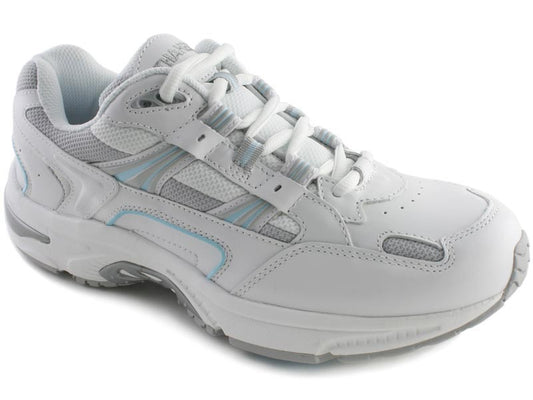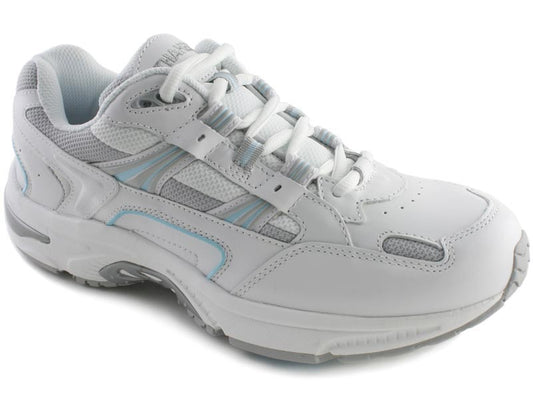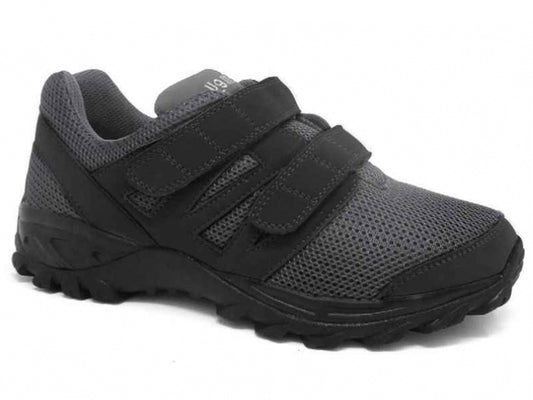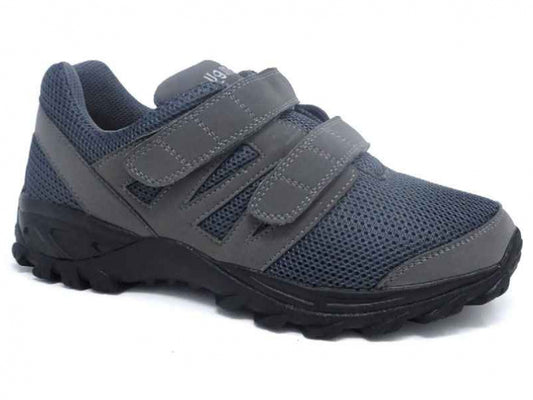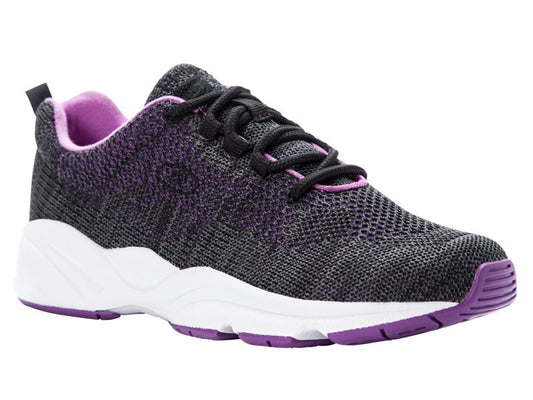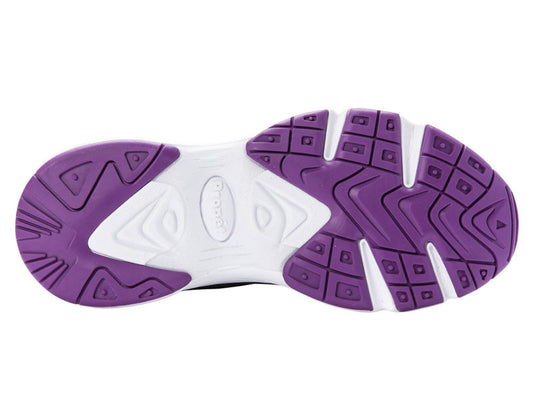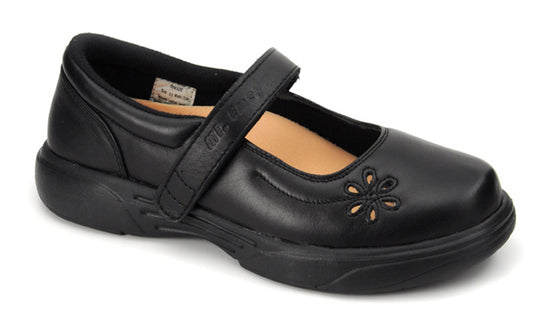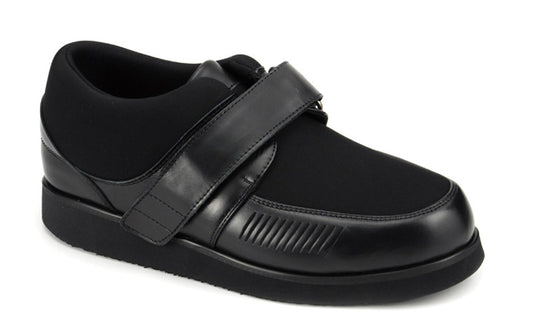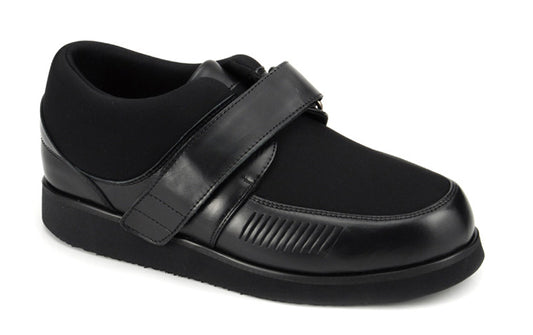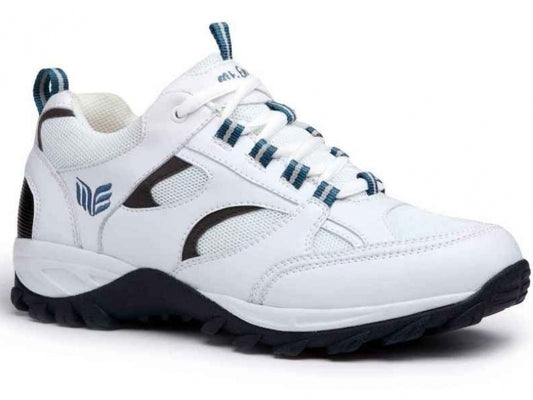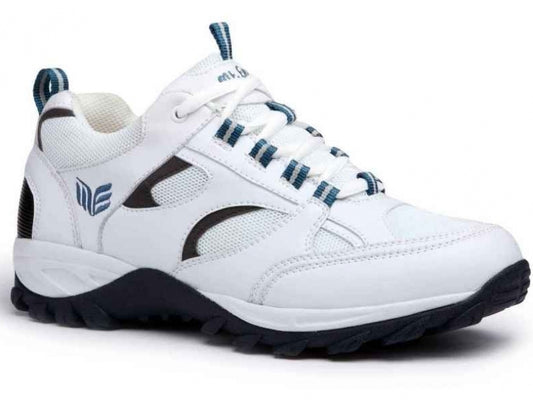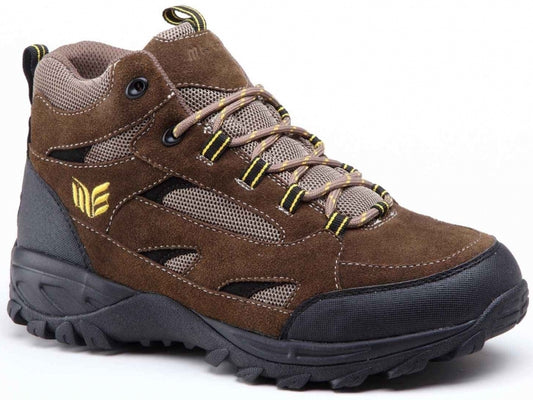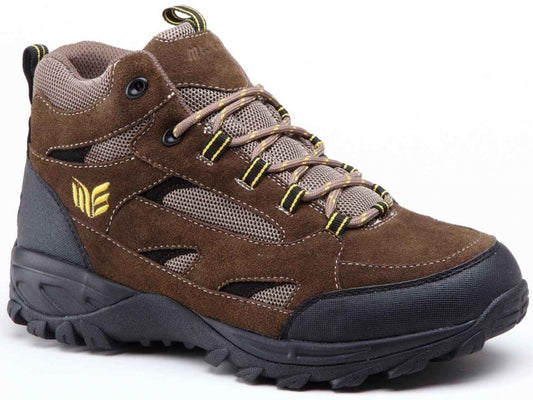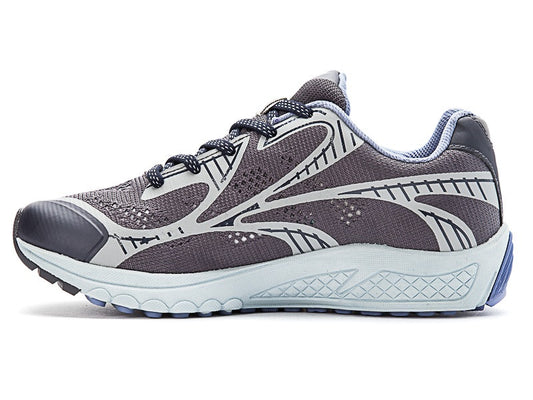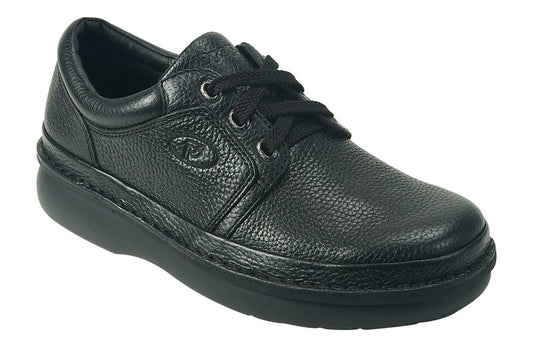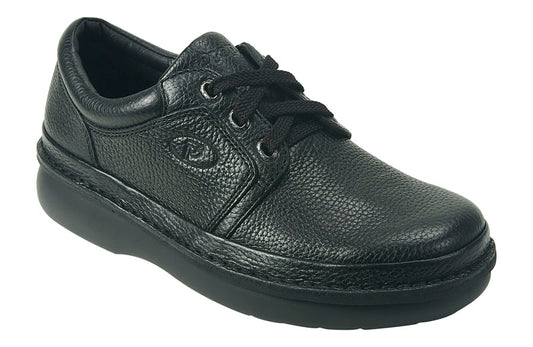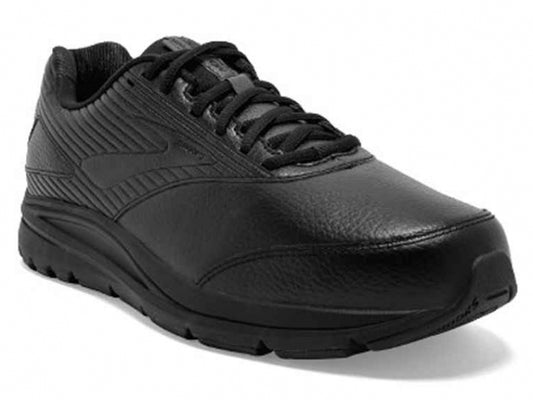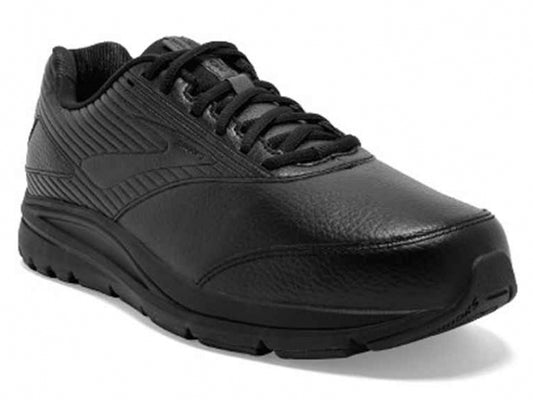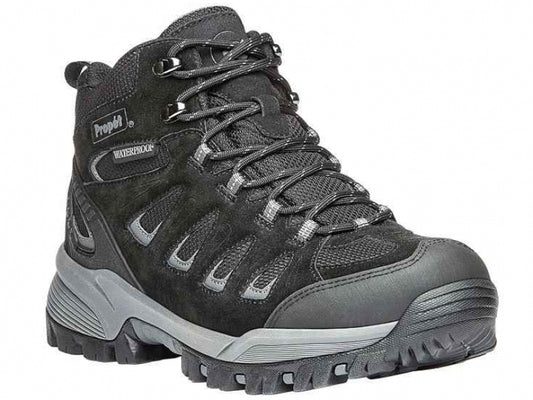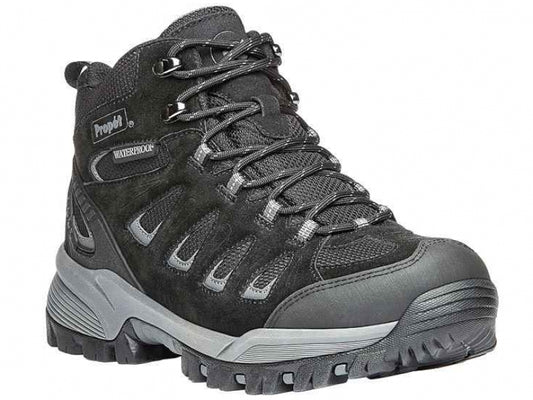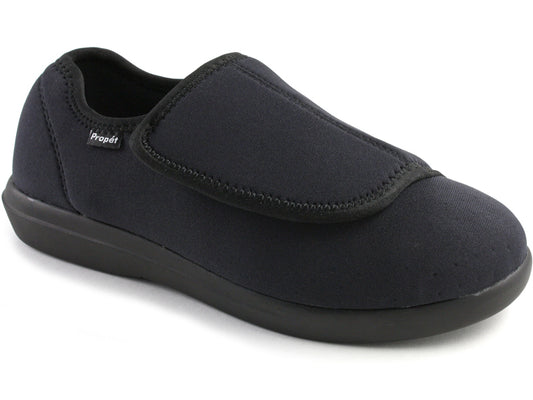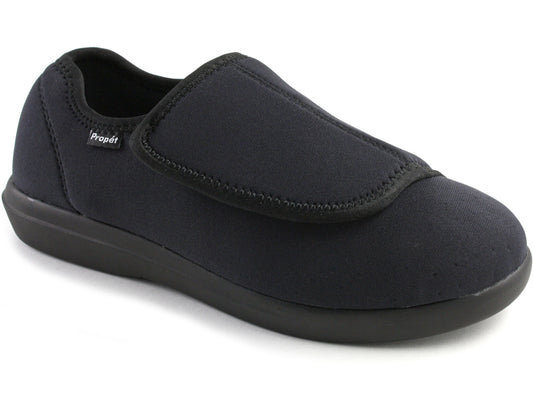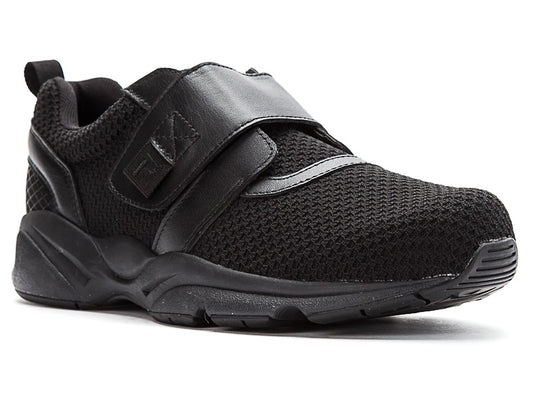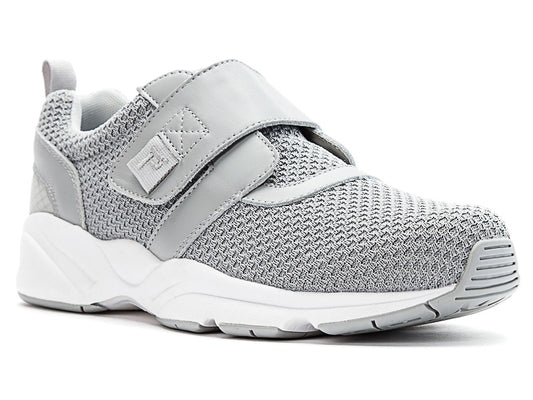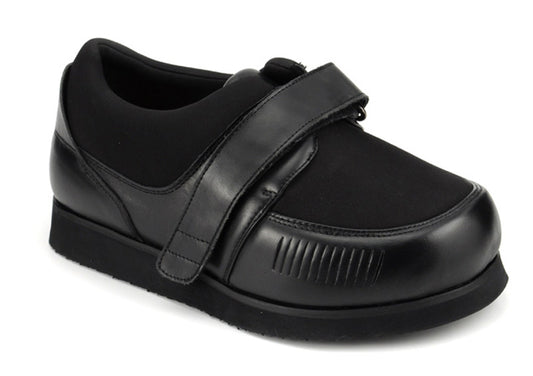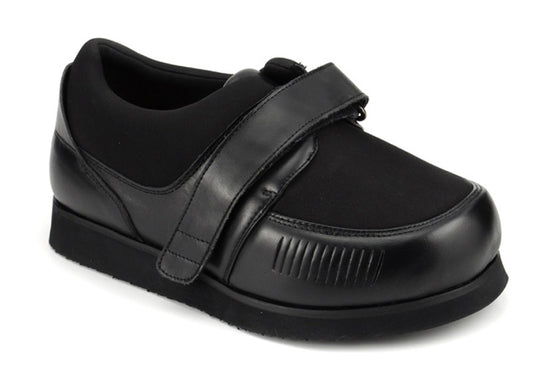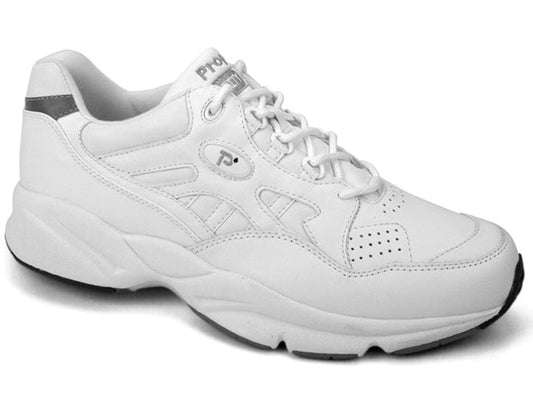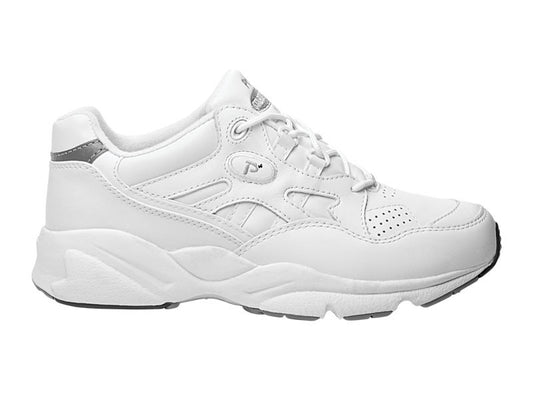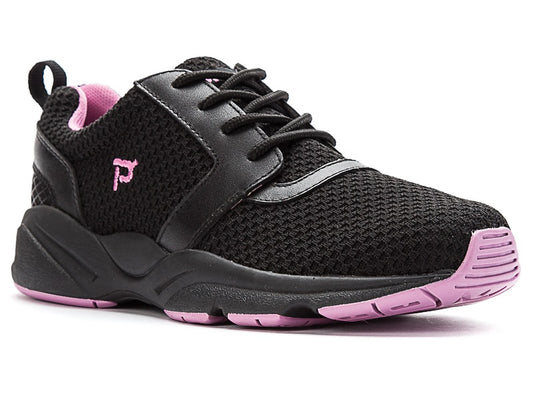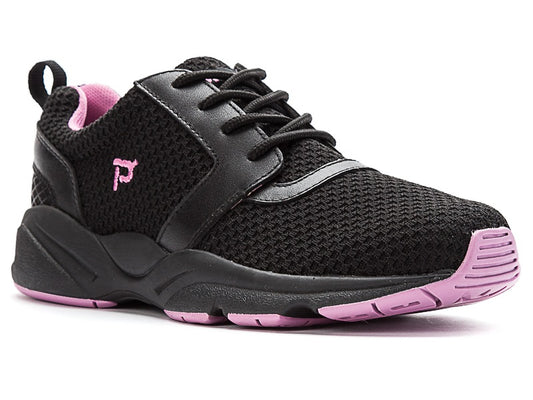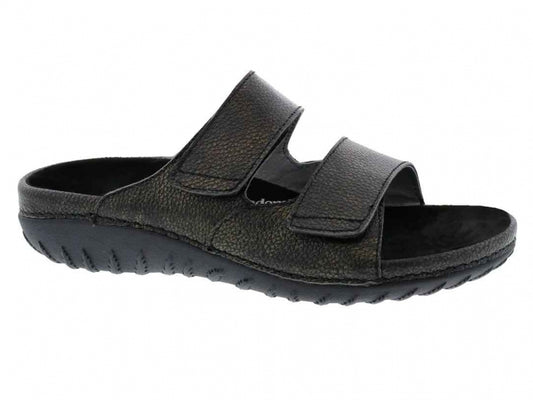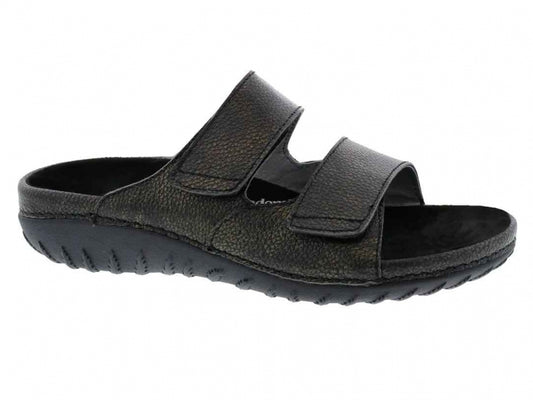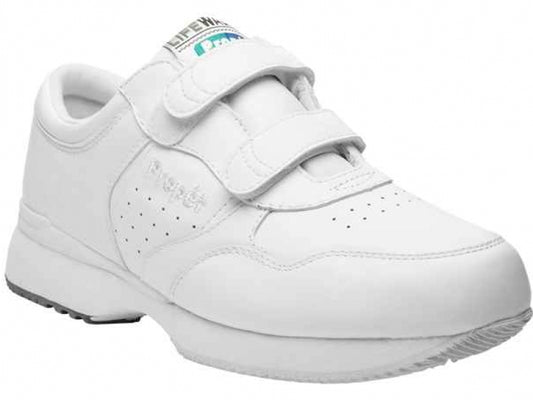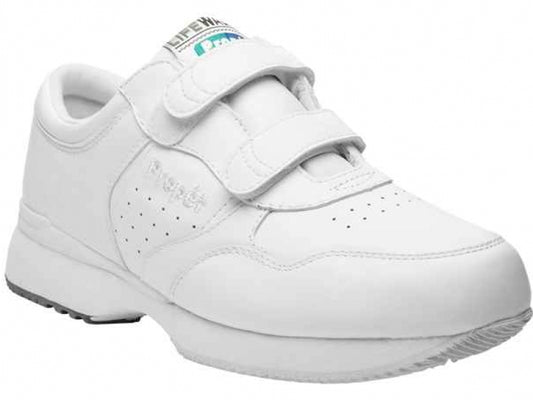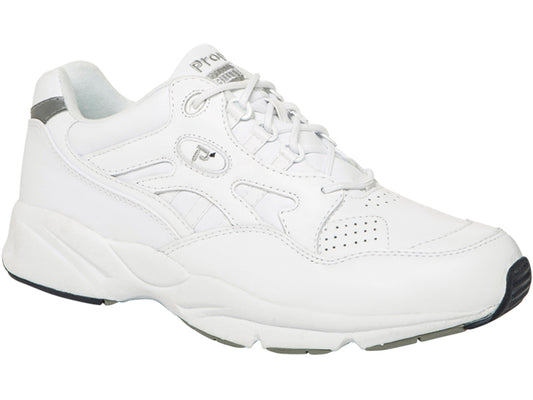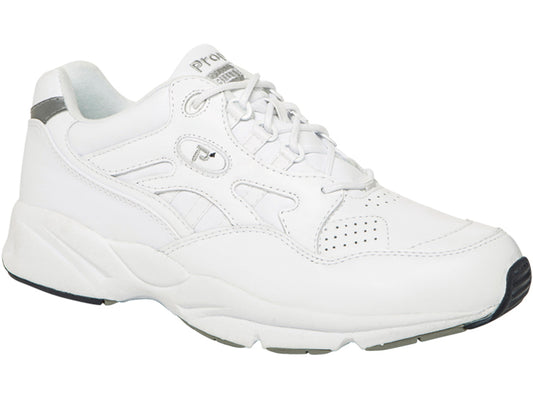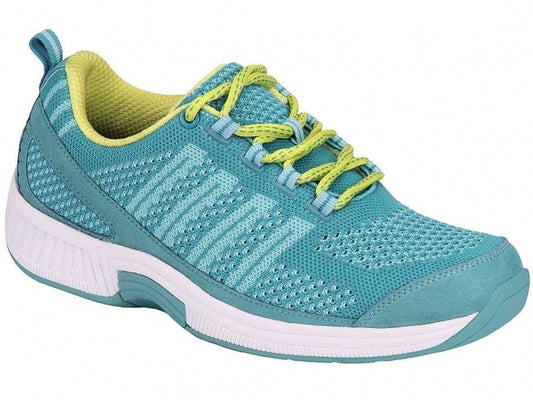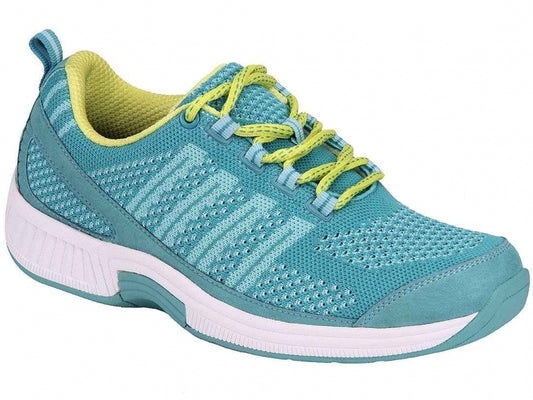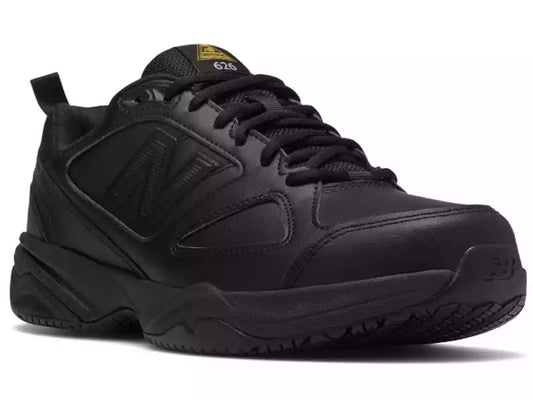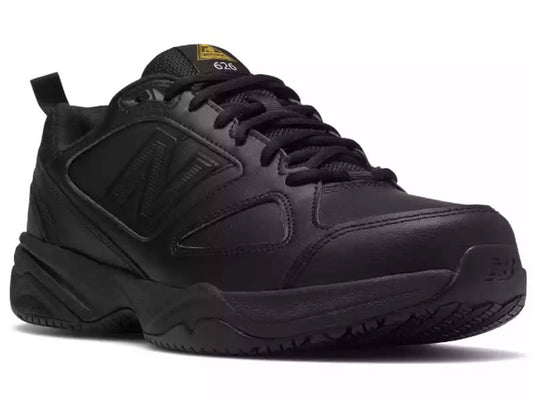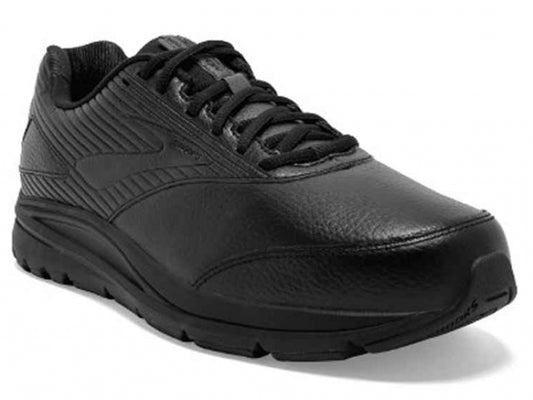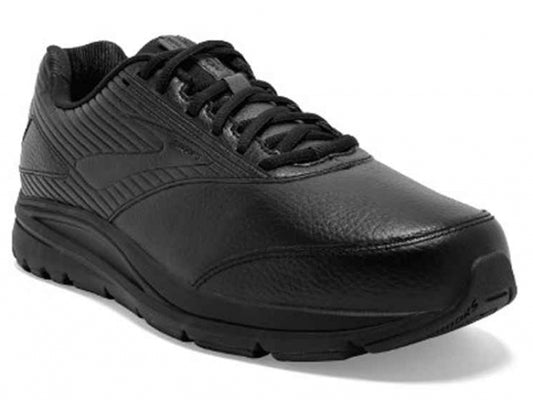-
Vionic Walker - Women's Shoe
Regular price $109.95Unit price perSale price Sale $109.95 Regular price$124.95Sale -
Apis 9704v - Men's Extra Depth Walking Shoe
Regular price $149.95Unit price perSale price Sale $149.95 Regular price$179.95Sale -
Propet Stability Fly - Women's Athletic Shoe
Regular price $94.95Unit price perSale price Sale $94.95 Regular price$114.95Sale -
Apis 9205 - Women's Extremely Light Mary Jane
Regular price $159.95Unit price perSale price Sale $159.95 Regular price$189.95Sale -
Apis 728E - Men's Stretchable Shoe
Regular price $199.95Unit price perSale price Sale $199.95 Regular price$249.95Sale -
Apis 9708 - Men's Lightweight Athletic Shoe
Regular price $169.95Unit price perSale price Sale $169.95 Regular price$199.95Sale -
Mt Emey 9703L - Men's Hiking Boot
Regular price $154.95Unit price perSale price Sale $154.95 Regular price$179.95Sale -
Propet One LT - Women's Athletic Shoe
Regular price $109.95Unit price perSale price Sale $109.95 Regular price$129.95Sale -
Propet Villager M4070 - Men's Orthopedic Oxford
Regular price $124.95Unit price perSale price Sale $124.95 Regular price$149.95Sale -
Vionic Gemma II - Women's Slipper
Regular price $90.00Unit price perSale price Sale $90.00 Regular price$109.95Sale -
Brooks Addiction Walker 2 - Women's Motion Control Walking Shoe
Regular price $134.95Unit price perSale price Sale $134.95 Regular price$149.95Sale -
Propet Ridge Walker - Men's Boot
Regular price $109.95Unit price perSale price Sale $109.95 Regular price$129.95Sale -
Propet Cush'N Foot - Women's Stretchable Shoe
Regular price $84.95Unit price perSale price Sale $84.95 Regular price$99.95Sale -
Propet Stability X Strap - Men's Casual Shoe
Regular price $94.95Unit price perSale price Sale $94.95 Regular price$114.95Sale -
Apis 628E - Women's Stretchable Shoe
Regular price $199.95Unit price perSale price Sale $199.95 Regular price$239.95Sale -
Propet Stability Walker - Women's Walking Shoe
Regular price $99.95Unit price perSale price Sale $99.95 Regular price$119.95Sale -
Propet Stability X - Women's Casual Shoe
Regular price $89.95Unit price perSale price Sale $89.95 Regular price$109.95Sale -
Drew Cruize - Women's Sandal
Regular price $169.95Unit price perSale price Sale $169.95 Regular price$199.95Sale -
Propet LifeWalker Strap - Men's Athletic Shoe
Regular price $89.95Unit price perSale price Sale $89.95 Regular price$109.95Sale -
Propet Stability Walker - Men's Walking Shoes
Regular price $104.95Unit price perSale price Sale $104.95 Regular price$124.95Sale -
Orthofeet Coral - Women's Athletic Shoe
Regular price $159.95Unit price perSale price Sale $159.95 Regular price$184.95Sale -
Vionic Relax II - Women's Slipper
Regular price $85.00Unit price perSale price Sale $85.00 Regular price$99.95Sale -
New Balance 626v2 - Women's Slip Resistant Shoe
Regular price $124.95Unit price perSale price Sale $124.95 Regular price$149.95Sale -
Brooks Addiction Walker 2 - Men's Motion Control Walking Shoe
Regular price $134.95Unit price perSale price Sale $134.95 Regular price$149.95Sale
